SYNergetic design of CATalytic materials for integrated photo- and electrochemical CO2 conversion processes (SYN-CAT)
January 2021 – December 2024
The objective of the project is to combine photo- and electrochemistry into a photo-electrocatalytic approach to convert CO2 into methanol. The approach herein lies on developing more active and stable photo-electrocatalytic materials compared to the state-of-the-art and to improve productivity of the photo-electrochemical reactor, targeting an energy efficiency of 30% with an outlook for further upscaling.
To achieve the general project goal the following overall targets are set in this project:
• Developing transition metal oxide (TMO) and/or chalcogenide (TMC) catalysts capable of achieving a minimum conversion of 200 gCO2 h-1 m-2 electrode area towards methanol with a selectivity above 80%.
• Constructing a photo-electrochemical reactor with a cell potential lower than 2.5V and an enhanced energy efficiency at high throughput (> 30% at min. 100 mA.cm²).
In this project several key aspects in different domains have to be addressed: advancing and linking knowledge in material synthesis, opto-electrical modelling, in-situ surface characterization, catalysis and reactor engineering. In order to achieve this leap forward, this proposal will utilize an interdisciplinary approach building on the diverse and complementary set of expertise and knowledge available amongst the different consortium members: ELCAT, LADCA, SURF, TFPV, CoCooN, DESINe, LCP, cMACS and IMEC.
To tackle the problem of an inactive catalyst, multicomponent photoactive composite materials will be developed that address the major aspects in today’s photo-electrochemical catalysts: (i) extending the light absorption spectrum, (ii) promoting charge separation, (iii) minimizing charge losses through recombination, (iv) enhancing CO2 sorption capacity at the catalyst surface and (v) passivating photo-corrosion.
To increase the energy efficiency of the photo-electrochemical reactor, a zero-gap configuration will be developed. By directly contacting the catalyst with the membrane, the interelectrode distance is minimal, allowing to decrease the cell potential below 2.5V. Crucial herein will be the electrode architecture which impacts the light harvesting efficiency, contact losses and CO2 mass transfer towards the catalyst surface, currently limiting productivity.
To reach the above-mentioned targets, nine research objectives are defined in this project that target the current knowledge gaps:
1. Chemical solution synthesis of Cu-based delafossites as photocathode materials in the photo-electrochemical reduction of CO2 to CH3OH
2. Plasma-enhanced ALD of transition metal sulphides: protective and active thin films for photocathode materials for the reduction of CO2 towards methanol.
3. In-depth study of chalcogenide materials for photo-electrocatalytic reduction of CO2 to methanol, with a focus on high selectivity, activity and stability.
4. Electro-optical modelling of photo-electrocatalytic electrodes for the reduction of CO2.
5. Understanding the performance of novel photo-electrocatalysts: mechanistic insights by nanoscaled molecular surface characterization
6. Band diagram and potential distribution over the current-collector|nano-semiconductor|electrolyte interfaces: fundamental understanding and application towards (photo-)electrocatalytic CO2 reduction.
7. Z-scheme, Cu-promoted and reduced TiO2 based catalysts and their synthesis-property-performance correlation in photo-electro-activated CO2 to methanol reduction.
8. In-depth analysis of transition metal oxides and chalcogenides as photo-electrocatalytic material for the reduction of CO2 towards methanol.
9. A reactor engineering approach to enhance the CO2 conversion towards methanol via a bias assisted zero-gap photo-electrochemical reactor: electrode structuring, fluid distribution and light absorption enhancement.
• Developing transition metal oxide (TMO) and/or chalcogenide (TMC) catalysts capable of achieving a minimum conversion of 200 gCO2 h-1 m-2 electrode area towards methanol with a selectivity above 80%.
• Constructing a photo-electrochemical reactor with a cell potential lower than 2.5V and an enhanced energy efficiency at high throughput (> 30% at min. 100 mA.cm²).
In this project several key aspects in different domains have to be addressed: advancing and linking knowledge in material synthesis, opto-electrical modelling, in-situ surface characterization, catalysis and reactor engineering. In order to achieve this leap forward, this proposal will utilize an interdisciplinary approach building on the diverse and complementary set of expertise and knowledge available amongst the different consortium members: ELCAT, LADCA, SURF, TFPV, CoCooN, DESINe, LCP, cMACS and IMEC.
To tackle the problem of an inactive catalyst, multicomponent photoactive composite materials will be developed that address the major aspects in today’s photo-electrochemical catalysts: (i) extending the light absorption spectrum, (ii) promoting charge separation, (iii) minimizing charge losses through recombination, (iv) enhancing CO2 sorption capacity at the catalyst surface and (v) passivating photo-corrosion.
To increase the energy efficiency of the photo-electrochemical reactor, a zero-gap configuration will be developed. By directly contacting the catalyst with the membrane, the interelectrode distance is minimal, allowing to decrease the cell potential below 2.5V. Crucial herein will be the electrode architecture which impacts the light harvesting efficiency, contact losses and CO2 mass transfer towards the catalyst surface, currently limiting productivity.
To reach the above-mentioned targets, nine research objectives are defined in this project that target the current knowledge gaps:
1. Chemical solution synthesis of Cu-based delafossites as photocathode materials in the photo-electrochemical reduction of CO2 to CH3OH
2. Plasma-enhanced ALD of transition metal sulphides: protective and active thin films for photocathode materials for the reduction of CO2 towards methanol.
3. In-depth study of chalcogenide materials for photo-electrocatalytic reduction of CO2 to methanol, with a focus on high selectivity, activity and stability.
4. Electro-optical modelling of photo-electrocatalytic electrodes for the reduction of CO2.
5. Understanding the performance of novel photo-electrocatalysts: mechanistic insights by nanoscaled molecular surface characterization
6. Band diagram and potential distribution over the current-collector|nano-semiconductor|electrolyte interfaces: fundamental understanding and application towards (photo-)electrocatalytic CO2 reduction.
7. Z-scheme, Cu-promoted and reduced TiO2 based catalysts and their synthesis-property-performance correlation in photo-electro-activated CO2 to methanol reduction.
8. In-depth analysis of transition metal oxides and chalcogenides as photo-electrocatalytic material for the reduction of CO2 towards methanol.
9. A reactor engineering approach to enhance the CO2 conversion towards methanol via a bias assisted zero-gap photo-electrochemical reactor: electrode structuring, fluid distribution and light absorption enhancement.

